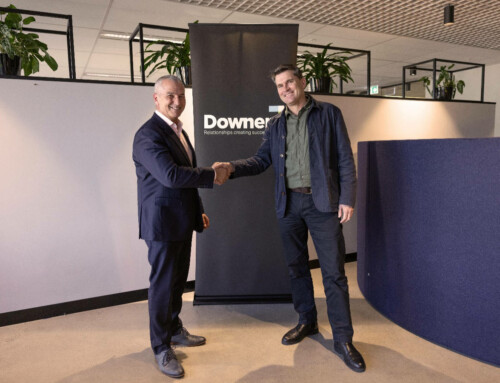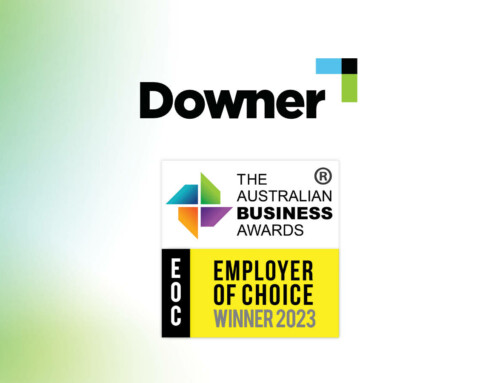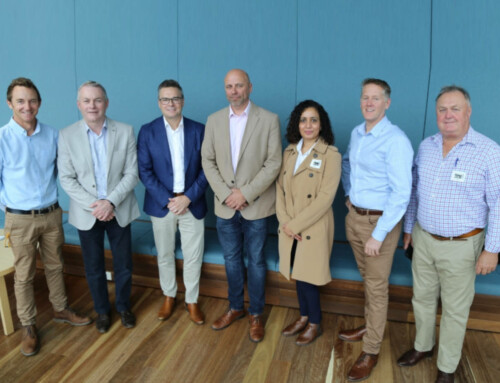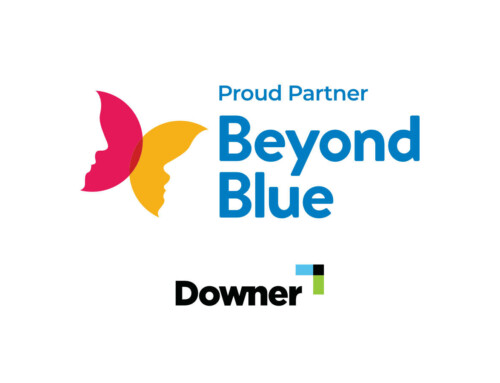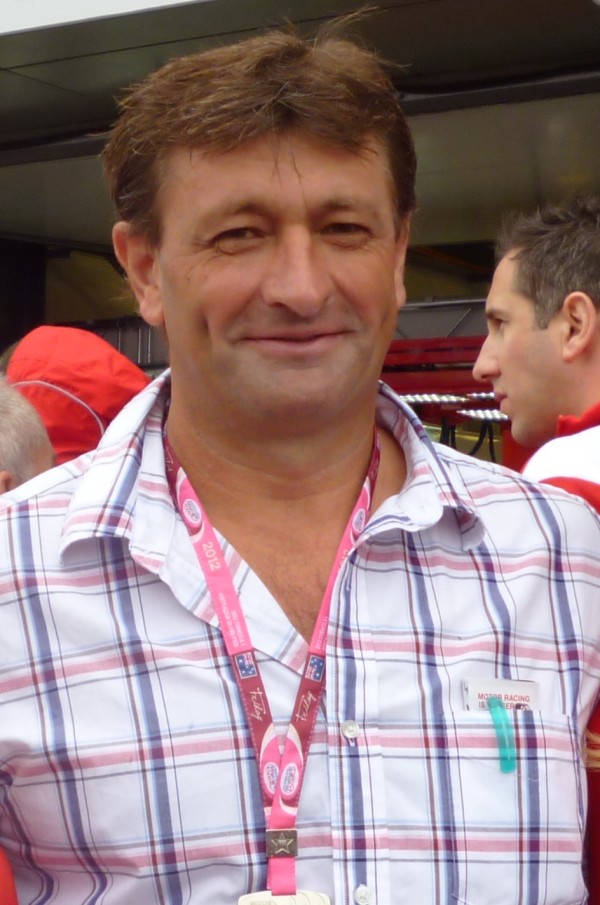 The 2012 annual partner meeting for BKP Berolina was held in Cascais Portugal. It was good to catch up with Ralf and the team as well as meet up with more than 20 liner installers working with the product throughout Europe and the Americas. Berolina are still enjoying good growth in the market, as well as ensuring the product development continues. In terms of new developments, BKP have now released a 1200mm liner. This is something very interesting for us as it fills the void in our product line up for the culvert market.
The 2012 annual partner meeting for BKP Berolina was held in Cascais Portugal. It was good to catch up with Ralf and the team as well as meet up with more than 20 liner installers working with the product throughout Europe and the Americas. Berolina are still enjoying good growth in the market, as well as ensuring the product development continues. In terms of new developments, BKP have now released a 1200mm liner. This is something very interesting for us as it fills the void in our product line up for the culvert market.
Another development that is well progressed is a pressure lining solution for non-potable, low pressure pipe applications. Once this is developed it will open up options for us in the pressure sewer market, as well as in some industrial applications. A potable water liner is still a longer term development option.
It is interesting to see the growth of the UV cured lining market in Germany and Europe which seems to be taking the market well and truly from the felt and resin manufacturers. UV Cured glass liners now represent around 80% of all lining installed in Germany, which is a far cry from the 20% market share they had only around 5 years ago.
The release of the new DiBT approval is a significant step forward as it recognises the specific properties of a reinforced wall liner rather than just assuming a wall thickness based on your standard felt and resin product which does not have the structural properties of a resin impregnated fibreglass product. We need to look into seeing if it is possible to have this standard adopted also in Australia as the AS2566 standard does not really work for the CIPP lining industry.
The IFAT show was again huge, but in some respects a little disappointing. There really was nothing new that really stood out. There were many improvements on existing products and of course, it was good to catch up with our various suppliers. One of the main reasons for going to IFAT this year was to have a look to see what was new in robotics and UV curing rigs. In terms of robotics, it was good to see KATE working on a smaller epoxy resin robot which can now work in diameters from 150mm and up. This will not fit into a lined 150mm pipe however, and does not have the formwork for the junction sealing, but I wouldn’t be surprised to see this develop in the next few years.
In regard to lining equipment, we plan to buy a new portable system that runs an 8 X 400 Watt light train, with the option to upgrade this to 8 X 1000 Watt light train for lining in diameters from 600 – 1200mm. This new rig is truly portable and lightweight. It will allow us to carry out installations in remote sites, and difficult access areas. The entire unit weighs only 300kgs, can line pipes up to 1200mm in diameter and has a 150 metre cable. We hope to have this in Australia in the next few months, and we will start offering lining to our current clientele, as well as to customers that want a higher standard liner. The plan is not to target the small bore lining market if price is the only driving factor.
For some time, we have resisted re-entering the cured in place lining market. There are numerous reasons for this with one of the main ones being the current low rates being offered in the market. However with Tunneline going strong, it is important that we have a small bore lining option that can work alongside this large pipe lining solution and UV Cured GRP lining appears to tick all the boxes. The guys from PipeFLo in Canada are doing great things with lining culverts in corrugated steel and concrete pipes on Canada’s highway network in sizes from 300mm up to 1200mm as well as targeting the gravity trunk sewer market.
